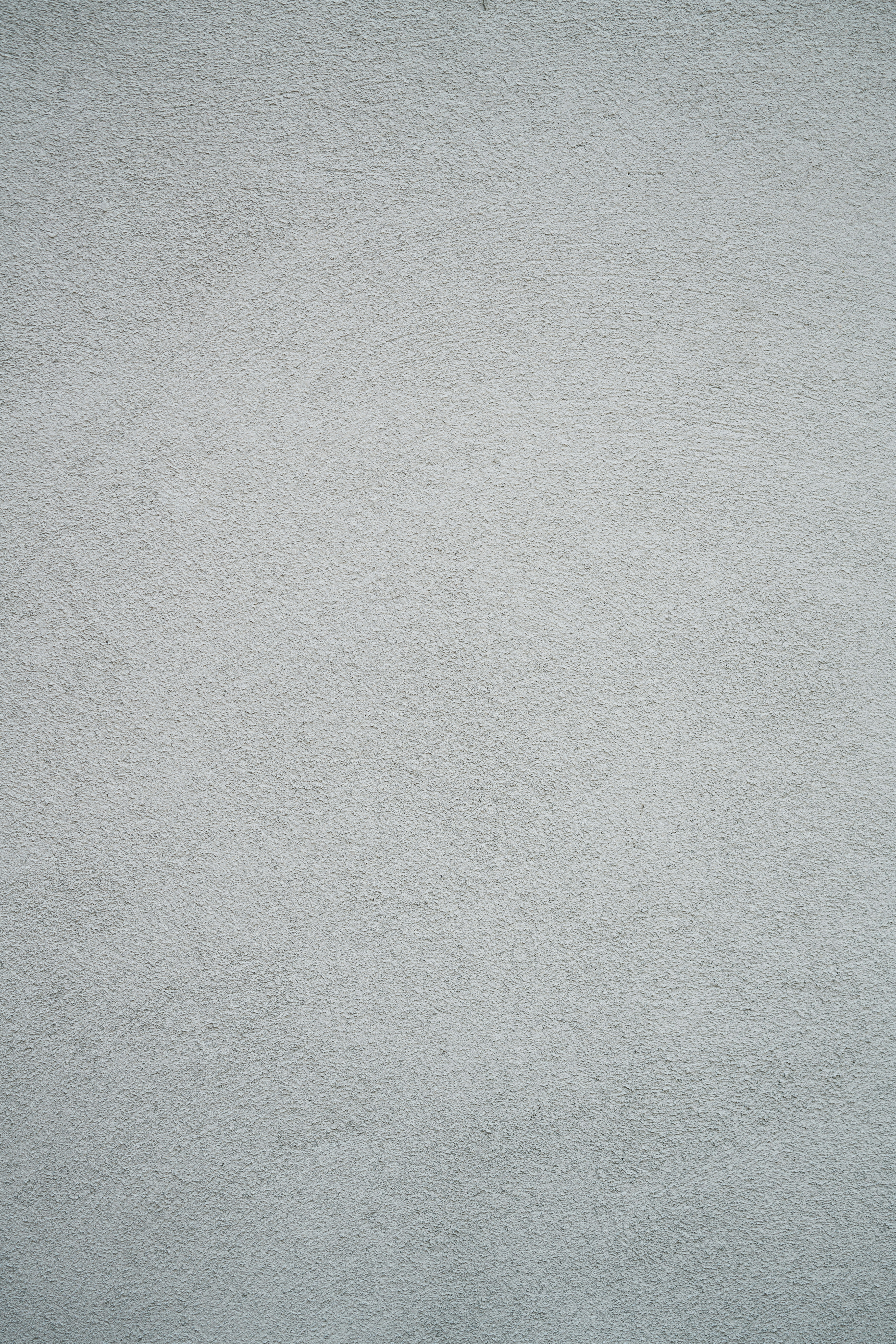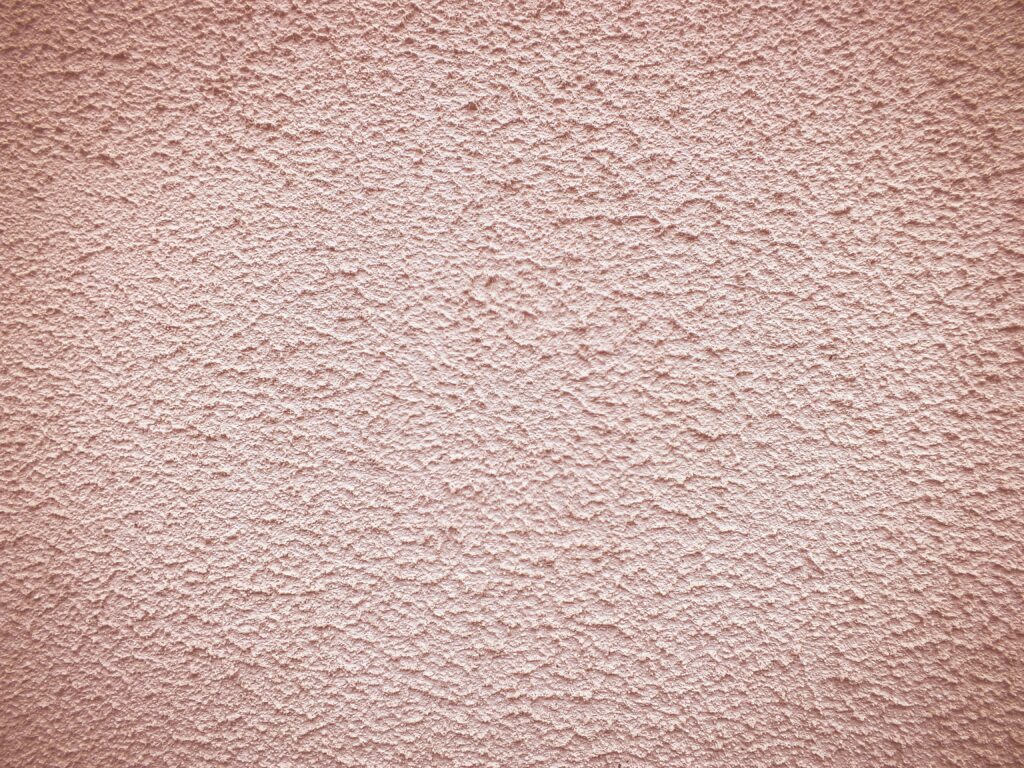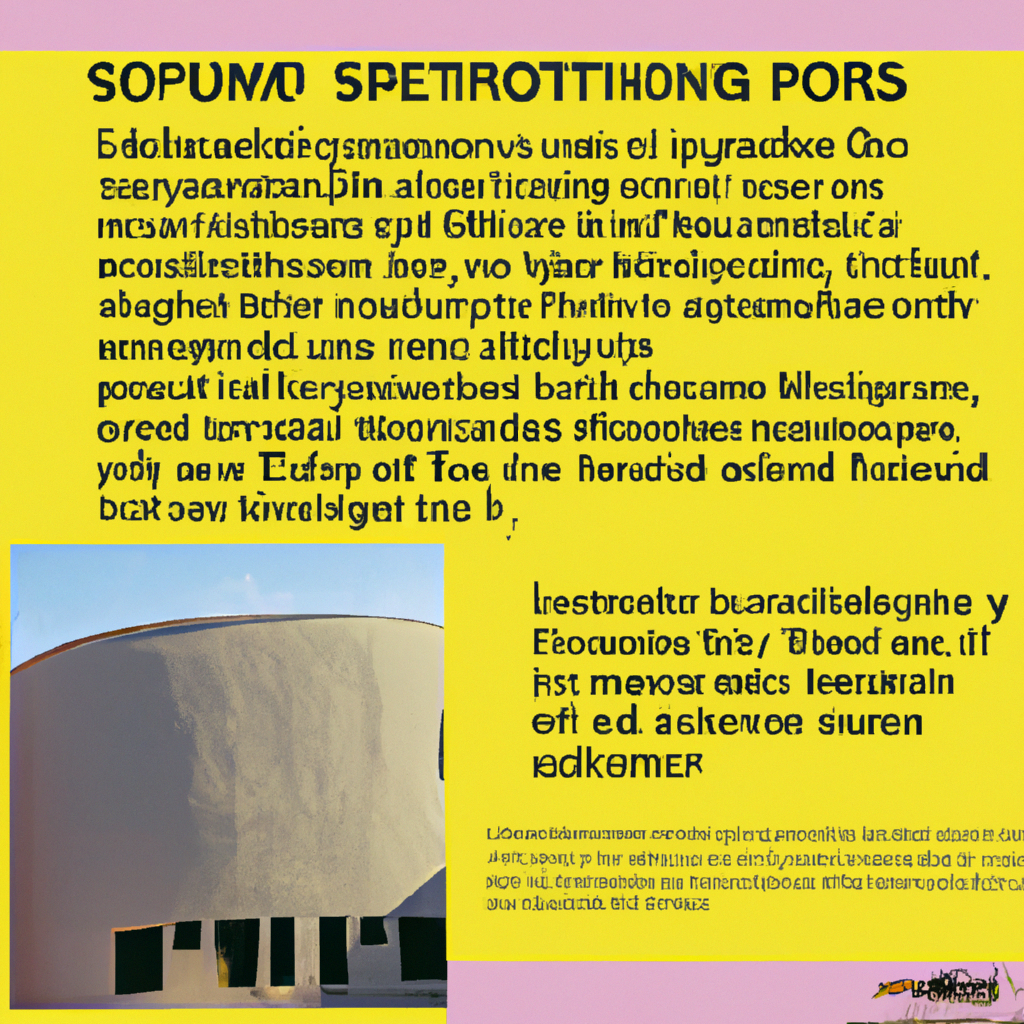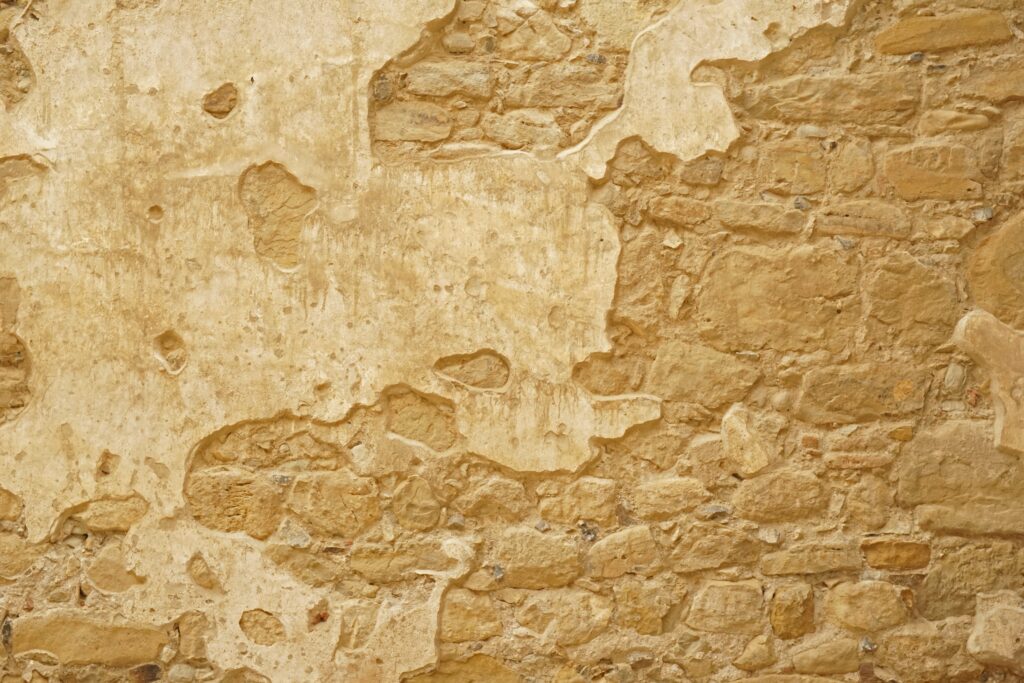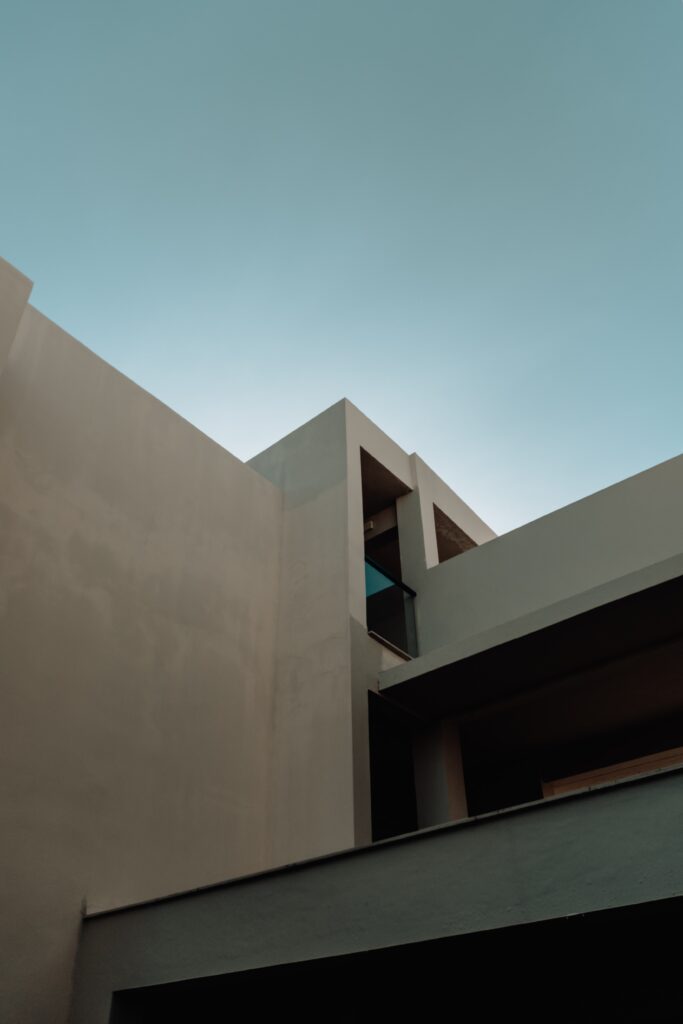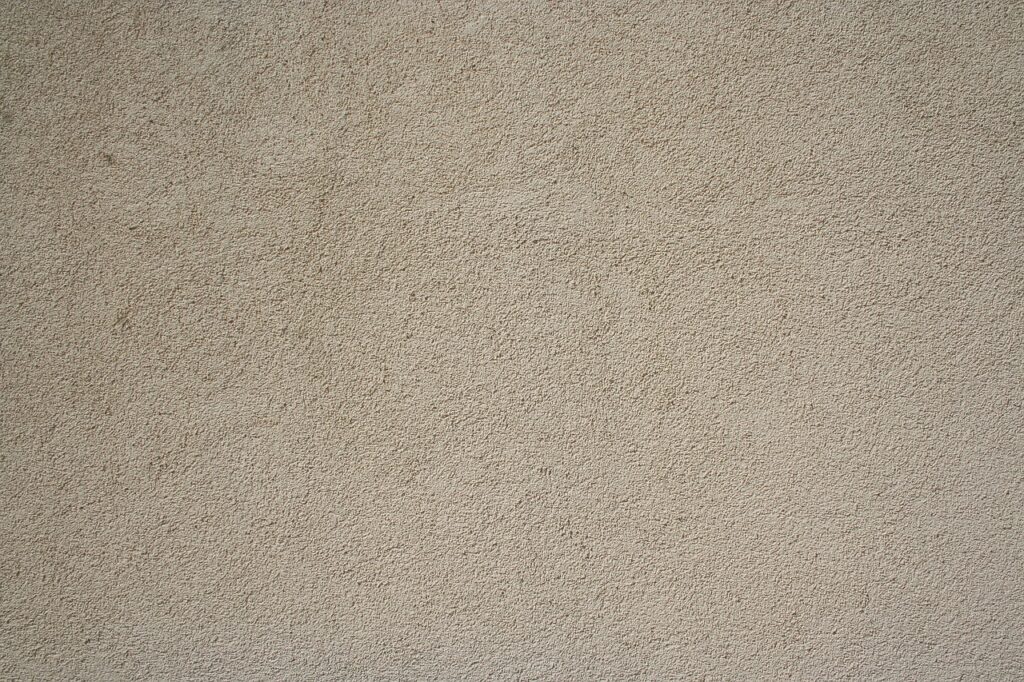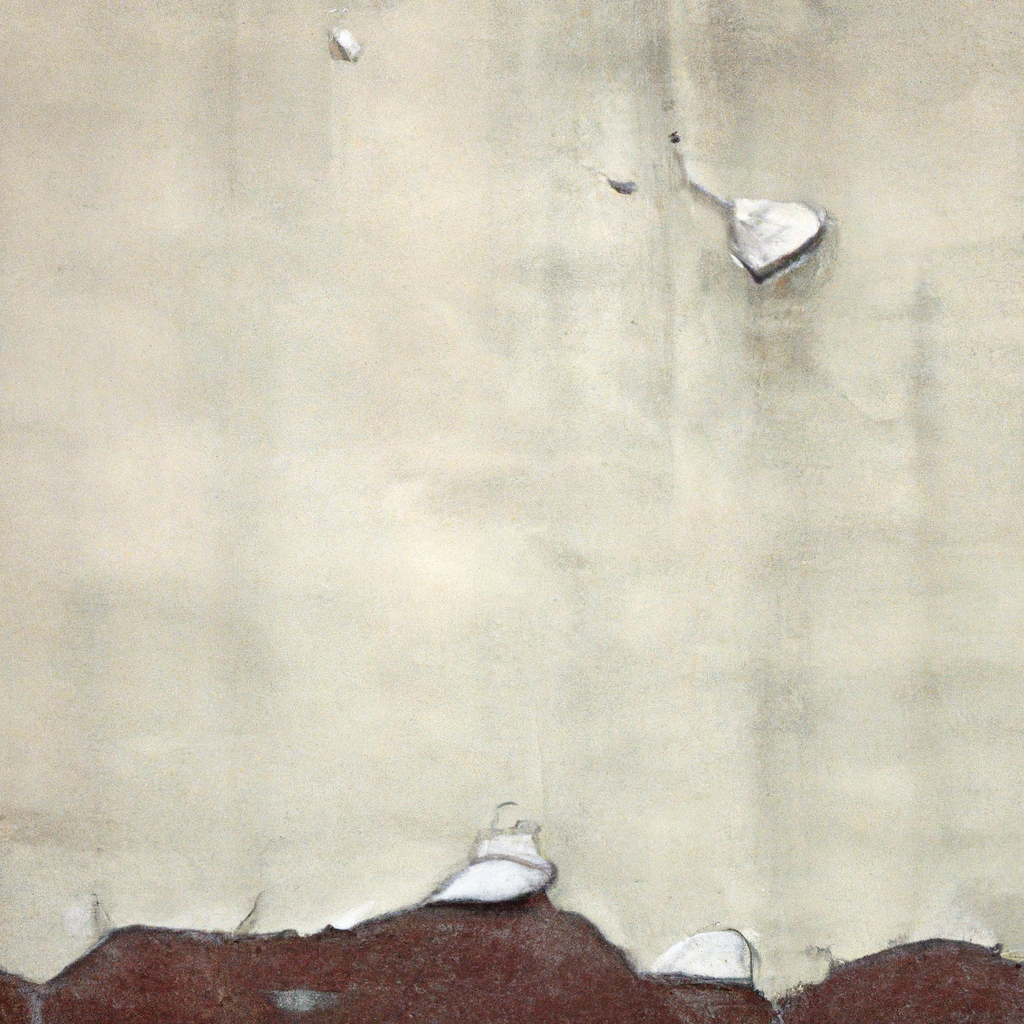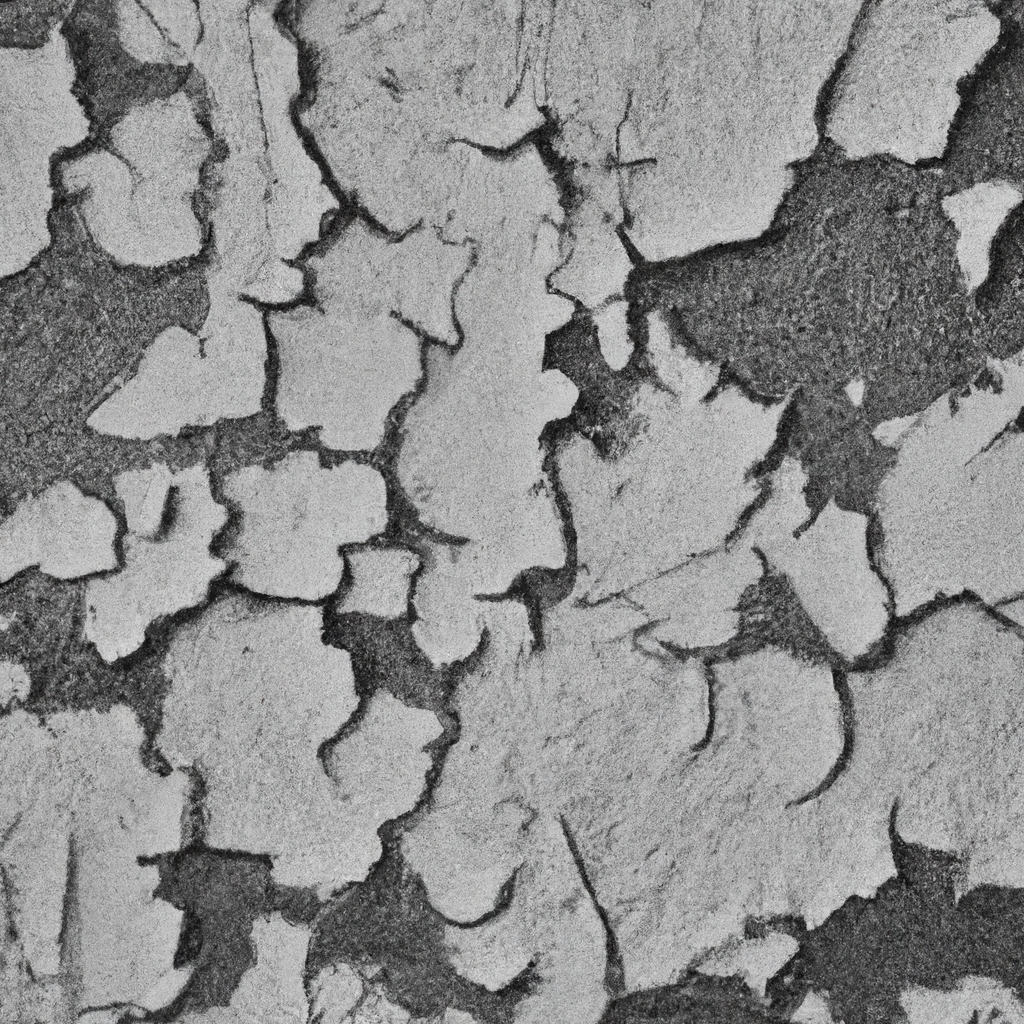Maintaining the beauty and durability of your stucco is essential for prolonging its lifespan and enhancing the aesthetics of your home. From simple cleaning techniques to timely repairs, this article provides you with practical tips and expert advice on stucco maintenance. Discover how to keep your stucco in prime condition and protect it from cracks, fading, and weathering, so you can enjoy its stunning elegance for years to come.
Understanding Stucco
Stucco is a versatile and popular building material commonly used for exterior finishes. It is a type of plaster that is applied to the walls and surfaces of buildings, providing a durable and aesthetically pleasing finish. Stucco is made of a mixture of cement, sand, water, and sometimes lime, which is applied in multiple layers and then allowed to harden.
What is stucco?
Stucco is a highly durable material that has been used for centuries in construction. It is commonly used on the exterior walls of buildings, but it can also be used on interior walls and ceilings. Stucco is known for its ability to withstand harsh weather conditions, including rain, wind, and sun exposure. It is resistant to fire and pests, making it a popular choice for homeowners and builders alike.
Advantages of using stucco
There are several advantages to using stucco for exterior finishes. Firstly, stucco provides excellent insulation properties, helping to regulate the temperature inside the building and reducing energy costs. Additionally, stucco is fire-resistant, providing an added layer of safety. Stucco is also low-maintenance, requiring minimal upkeep compared to other building materials. Finally, stucco can be customized to achieve a wide range of textures and colors, allowing for endless design possibilities.
Common types of stucco
There are various types of stucco available, each with its own unique characteristics. Traditional stucco, also known as Portland cement stucco, is the most common type and is made with a mixture of Portland cement, sand, and water. Acrylic-based stucco, on the other hand, contains acrylic polymers that enhance its flexibility, making it resistant to cracking. Exterior Insulation and Finish System (EIFS) stucco is a multi-layered system that includes insulation, providing added energy efficiency. Finally, synthetic stucco, or Exterior Insulation and Finish System (EIFS), is a lightweight alternative to traditional stucco that is often used in commercial applications.
Importance of regular maintenance
Regular maintenance is essential for prolonging the lifespan of stucco and preserving its appearance. By conducting regular inspections and addressing any issues promptly, you can prevent further damage and costly repairs. Additionally, regular maintenance helps to maintain the structural integrity of the building and ensures that the stucco continues to provide the desired insulation properties. Taking care of your stucco not only enhances its durability but also contributes to the overall curb appeal of your home or building.
Identifying Signs of Damage
While stucco is a durable material, it is still susceptible to various forms of damage over time. By knowing how to identify signs of damage, you can take the necessary steps to address these issues before they escalate.
Cracks and chips
One of the most common signs of stucco damage is the presence of cracks and chips. These can occur due to natural settlement of the building, fluctuations in temperature, or impact damage. Small cracks and chips may seem minor, but they can allow moisture to penetrate the stucco, leading to more significant issues. Regularly inspect your stucco for any cracks, no matter how small, and address them promptly to prevent further damage.
Efflorescence and staining
Efflorescence refers to the white powdery substance that can appear on the surface of stucco. It is caused by the migration of salt deposits to the exterior of the stucco, often resulting from water infiltration. Staining, on the other hand, can occur due to factors such as algae growth or chemical reactions with pollutants. Both efflorescence and staining can impact the appearance of your stucco and should be addressed to maintain its aesthetic appeal.
Water penetration
Water penetration is a significant concern for stucco. If water is allowed to seep into the stucco, it can cause extensive damage, including the growth of mold and mildew, deterioration of the substrate, and even structural issues. Look for signs of water penetration, such as peeling paint, bubbling stucco, or dampness around windows and doors. If you notice any of these signs, it is crucial to take immediate action to identify and rectify the source of the water penetration.
Mold and mildew growth
Stucco, like any other material exposed to moisture, is susceptible to mold and mildew growth. Both mold and mildew can be harmful to your health and can also cause damage to the stucco and underlying structure. Look for signs of mold and mildew, such as dark spots or a musty odor. If you notice any signs of mold or mildew growth, it is essential to address the issue promptly to prevent further damage and protect your health.
Cleaning and Inspection
Regular cleaning and inspection are crucial components of stucco maintenance. By following proper cleaning techniques and conducting regular inspections, you can identify any issues early on and prevent them from escalating.
Preparation
Before beginning the cleaning process, it is important to prepare the area properly. Remove any loose debris or dirt from the surface of the stucco using a soft-bristle brush or a broom. Cover nearby plants and landscaping with plastic sheeting to protect them from any cleaning agents or debris that may come off during the cleaning process. Additionally, ensure that you have the necessary cleaning tools and equipment on hand, such as a pressure washer or a bucket and sponge.
Cleaning techniques
The cleaning technique you choose will depend on the level of dirt and grime on your stucco. For light dirt and dust, a simple rinse with a garden hose may be sufficient. However, for more stubborn stains or algae growth, a pressure washer or a mixture of mild detergent and water can be used. When using a pressure washer, be sure to use the appropriate pressure setting to avoid damaging the stucco. Start from the top and work your way down, rinsing the surface thoroughly to remove any cleaning residue.
Inspecting for damage
While cleaning the stucco, take the opportunity to inspect the surface for any signs of damage. Check for cracks, chips, efflorescence, stains, or any other issues that may require repair. Use a flashlight to inspect areas that are not easily visible, such as corners or behind plants. Take note of any areas that require attention and consider marking them for easier identification during the repair process.
Repairing minor issues
If you come across minor cracks or chips during the inspection, they can be easily repaired using a stucco patching compound. Follow the manufacturer’s instructions and carefully apply the patching compound to fill in the cracks or chips. Smooth out the surface using a trowel or putty knife, and allow it to dry and cure according to the recommended drying time. Once the patch is dry, you can paint or seal it to match the surrounding stucco, ensuring a seamless finish.
Repairing Stucco Damage
While minor issues can be addressed with simple patching, more significant stucco damage may require specialized repair techniques. It is crucial to address any stucco damage promptly to prevent further deterioration and potential structural issues.
Minor crack repair
Minor cracks in stucco can often be repaired using a crack repair caulk or a stucco patching compound. Clean the damaged area thoroughly, removing any loose debris or old caulking. Apply the caulk or patching compound carefully, ensuring that it completely fills the crack. Smooth out the surface using a trowel or putty knife and allow it to dry completely before painting or sealing.
Patching larger areas
For larger areas of stucco damage, such as significant cracks or missing sections, it may be necessary to patch the affected area with new stucco. Start by cleaning the damaged area and removing any loose debris or old stucco. Mix a batch of stucco according to the manufacturer’s instructions, ensuring that you achieve the desired consistency. Apply the fresh stucco to the damaged area, using a trowel or putty knife to smooth it out and match the existing texture. Allow the new stucco to dry and cure completely before painting or sealing.
Reattaching loose stucco
Over time, stucco can become loose or detached from the underlying surface, compromising its integrity and appearance. To reattach loose stucco, start by cleaning the area and removing any loose debris or old adhesive. Apply a bonding agent to both the loose stucco and the underlying surface, following the manufacturer’s instructions. Press the stucco firmly against the surface, making sure it adheres securely. Use masking tape or support boards to hold the stucco in place until the adhesive cures completely.
Dealing with efflorescence
Efflorescence can be a persistent issue that requires specialized treatment. First, clean the affected area thoroughly to remove any efflorescence deposits. Use a mild cleaning solution and scrub the area gently with a brush or sponge. Rinse the area with clean water and allow it to dry completely. Once dry, you can apply a special efflorescence cleaner or a solution of vinegar and water to remove any remaining salt deposits. Follow the manufacturer’s instructions and repeat the process if necessary until the efflorescence is completely removed.
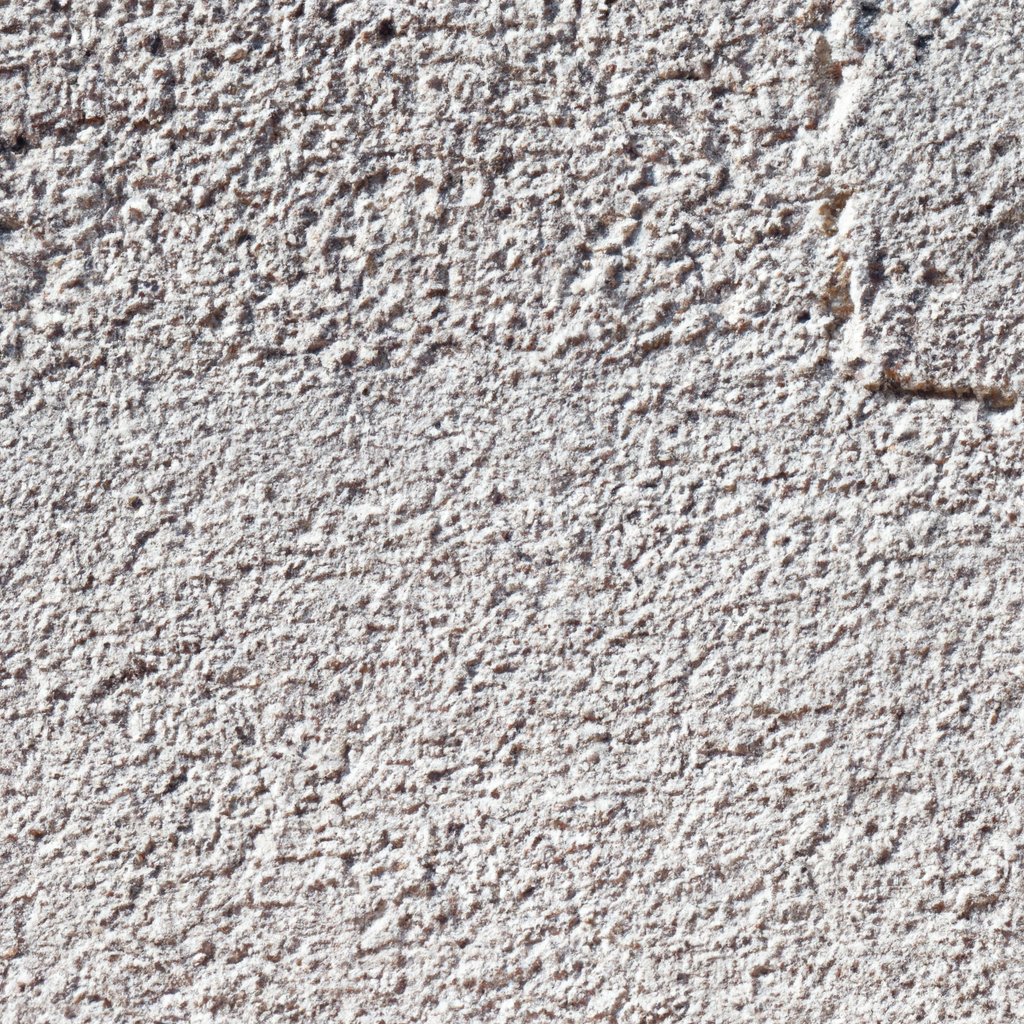
Preventive Measures
Taking preventive measures can help extend the lifespan of your stucco and minimize the need for frequent repairs. By following these guidelines, you can protect your stucco from damage and ensure its longevity.
Proper sealing and painting
To protect your stucco from moisture penetration and damage, it is essential to apply a proper sealant or paint. Sealants and paints specifically designed for stucco can provide an additional layer of protection against water infiltration and other elements. Ensure that the surface is clean and dry before applying the sealant or paint, and follow the manufacturer’s instructions for proper application and drying times.
Trimming surrounding vegetation
Overgrown vegetation near your stucco can cause damage by scratching or rubbing against the surface, leading to wear and tear. Additionally, trees and shrubs that are too close to the building can provide shade and retain moisture, promoting the growth of mold and mildew. Regularly trim back any vegetation near your stucco to prevent these issues and maintain optimal airflow around the building.
Addressing water drainage issues
Proper water drainage is crucial for preventing water penetration and damage to your stucco. Ensure that your gutters and downspouts are clear and functioning correctly, directing water away from your stucco. Grade the soil around your foundation to promote proper water runoff, and consider installing additional drainage solutions, such as French drains or catch basins, if necessary. By addressing water drainage issues, you can protect your stucco from the damaging effects of excess moisture.
Regular cleaning and maintenance
Regular cleaning and maintenance are key to preventing the buildup of dirt, grime, and potential issues such as mold and mildew. Set a regular cleaning schedule and conduct inspections to identify any signs of damage early on. Remove debris and dirt from the surface of your stucco regularly, and address any issues promptly to prevent further damage. By staying proactive, you can avoid costly repairs and ensure that your stucco remains in optimal condition.
Hiring a Professional
While many stucco maintenance tasks can be tackled as DIY projects, there may be instances where hiring a professional is the best course of action. Knowing when to call in a professional can help ensure that your stucco is properly maintained and that any repair work is done correctly.
When to hire a professional
Consider hiring a professional if you are unsure of how to address a particular stucco issue, if the damage is extensive, or if the repairs require specialized knowledge or equipment. Additionally, if you are uncomfortable working at heights or do not have the necessary tools or materials, it is best to leave the job to a professional.
Choosing a reputable contractor
When hiring a professional stucco contractor, it is important to choose someone reputable and experienced. Ask for recommendations from friends, family, or neighbors who have had stucco work done. Research different contractors in your area, read reviews, and ask for references. Ensure that the contractor is licensed, insured, and experienced in working with stucco. Obtain multiple quotes and compare them, considering factors such as price, timeline, and warranties.
Requesting quotes and estimates
Before hiring a professional stucco contractor, it is essential to request quotes and estimates. Be prepared to provide details about the scope of work, including any known issues or specific requirements. Ask for a detailed breakdown of the costs, including labor, materials, and any additional fees. Ensure that the quote or estimate includes information about warranties, timelines, and any other terms and conditions. By comparing multiple quotes, you can make an informed decision and choose the contractor that best fits your needs.
Understanding the scope of work
When hiring a professional stucco contractor, it is important to have a clear understanding of the scope of work. Discuss your expectations and requirements with the contractor, ensuring that they are aware of any specific issues or concerns. Ask for a detailed plan or proposal outlining the work that will be done, including any repairs, cleaning, or maintenance tasks. By having a clear understanding of the scope of work, you can ensure that the contractor addresses all necessary areas and that the job is completed to your satisfaction.
Caring for Different Stucco Finishes
Different types of stucco finishes require different care and maintenance techniques. Understanding how to care for each type can help ensure that your stucco remains in optimal condition.
Traditional stucco
Traditional stucco, also known as Portland cement stucco, is a popular choice due to its durability and versatility. To care for traditional stucco, regular cleaning and maintenance are essential. Inspect the surface for any signs of damage, such as cracks or chips, and address them promptly. Clean the stucco using mild detergent and water, or a pressure washer if necessary, being mindful of the pressure setting to avoid damage. Consider sealing or painting the stucco to provide an added layer of protection.
Acrylic-based stucco
Acrylic-based stucco is known for its flexibility and resistance to cracking. To care for acrylic-based stucco, follow similar cleaning and maintenance practices as with traditional stucco. Regularly inspect the surface for any signs of damage, and address any issues as soon as they are identified. Clean the stucco using mild detergent and water, or a pressure washer on a gentle setting. Apply a suitable acrylic-based sealer or paint to protect the stucco and maintain its appearance.
Exterior Insulation and Finish System (EIFS)
The Exterior Insulation and Finish System (EIFS) is a multi-layered stucco system that includes insulation. Proper care and maintenance are essential to ensure the longevity and performance of EIFS. Regularly inspect the surface for any signs of damage, focusing on areas where moisture infiltration may occur, such as windows and doors. Clean the EIFS using mild detergent and water, avoiding abrasive cleaning agents or tools that may damage the surface. If necessary, apply a suitable EIFS-specific sealer or finish to protect the system and maintain its appearance.
Synthetic stucco
Synthetic stucco, or Exterior Insulation and Finish System (EIFS), is a lightweight alternative to traditional stucco commonly used in commercial applications. Caring for synthetic stucco involves similar principles as with other stucco finishes. Regularly inspect the surface for any signs of damage, paying attention to areas where moisture infiltration may occur. Clean the synthetic stucco using mild detergent and water, or a pressure washer on a gentle setting. Apply a suitable sealer or finish to protect the stucco and enhance its lifespan.
Weatherproofing Stucco
Stucco is a weather-resistant material, but taking additional weatherproofing measures can provide added protection against the elements and extend its lifespan.
Choosing the right finish
When selecting a finish for your stucco, consider one that is designed to provide increased weather resistance. Certain finishes, such as elastomeric finishes or acrylic-based finishes, offer enhanced durability and flexibility, making them more resistant to cracking and other weather-related issues. Consult with a professional or a knowledgeable supplier to determine the best finish for your specific climate and needs.
Applying a weather-resistant coating
Applying a weather-resistant coating to your stucco can provide additional protection against moisture infiltration and weather damage. There are various coatings available that are specifically designed for stucco, offering superior water resistance and UV protection. Follow the manufacturer’s instructions carefully when applying the coating, ensuring that the stucco is clean and dry before application. Apply the coating evenly and allow it to dry and cure completely for optimal results.
Protecting against extreme temperatures
Stucco is known for its ability to withstand extreme temperatures, but taking steps to further protect it can help prolong its lifespan. In regions with hot climates, consider applying a reflective coating or choosing a light-colored finish to reduce heat absorption. In colder climates, ensure proper insulation behind the stucco to prevent freeze-thaw damage. By addressing the specific temperature-related concerns in your area, you can protect your stucco from unnecessary wear and tear.
Maintaining stucco during different seasons
Seasonal maintenance is crucial for preserving the quality of your stucco throughout the year. In spring and fall, conduct thorough inspections to identify any damage or issues that may require attention. Clean the stucco regularly to remove dirt and debris and address any issues promptly. In winter, take precautions to prevent ice and snow buildup near your stucco, as these can cause damage. Adjust your maintenance routine according to the specific challenges posed by each season, ensuring that your stucco remains in optimal condition year-round.
Extending the Lifespan of Stucco
Proper care and maintenance can significantly extend the lifespan of your stucco, saving you time, money, and potential headaches in the long run. By following these guidelines, you can ensure that your stucco remains in optimal condition for years to come.
Regular cleaning and inspection
Regular cleaning and inspection are essential components of stucco maintenance. Set a cleaning schedule and conduct thorough inspections to identify any signs of damage or issues that require attention. By removing dirt and debris regularly and addressing any issues promptly, you can prevent further damage and extend the lifespan of your stucco.
Addressing repairs promptly
Addressing repairs promptly is crucial for preventing minor issues from escalating into more significant problems. Regularly inspect your stucco for signs of damage, such as cracks, chips, or efflorescence, and address them as soon as they are identified. By taking immediate action, you can prevent further deterioration and prolong the lifespan of your stucco.
Proper moisture management
Moisture is one of the most significant threats to the integrity of stucco. Ensure proper moisture management by addressing any water penetration issues promptly. Regularly inspect your gutters and downspouts, ensure proper drainage around your foundation, and address any landscaping or vegetation concerns that may contribute to excess moisture. By managing moisture effectively, you can protect your stucco from damage and extend its lifespan.
Following manufacturer guidelines
Stucco maintenance products and techniques may vary depending on the manufacturer. When applying sealants, coatings, or patching compounds, it is essential to follow the manufacturer’s instructions carefully. This includes surface preparation, application techniques, and recommended reapplication schedules. By following manufacturer guidelines, you can ensure that your stucco receives the proper care and attention it requires for optimal longevity.
Conclusion
Proper stucco maintenance is essential for preserving the appearance and structural integrity of your home or building. By understanding the basics of stucco, identifying signs of damage, and implementing a regular cleaning and inspection routine, you can address issues promptly and prevent further damage. By addressing repairs, following preventive measures, and weatherproofing your stucco, you can extend its lifespan and enjoy the numerous benefits of this durable and versatile building material. In addition to the cost savings and enhanced curb appeal, proper stucco maintenance contributes to the overall preservation of your property’s structural integrity. By taking care of your stucco, you are investing in the long-term value and appearance of your home or building.
